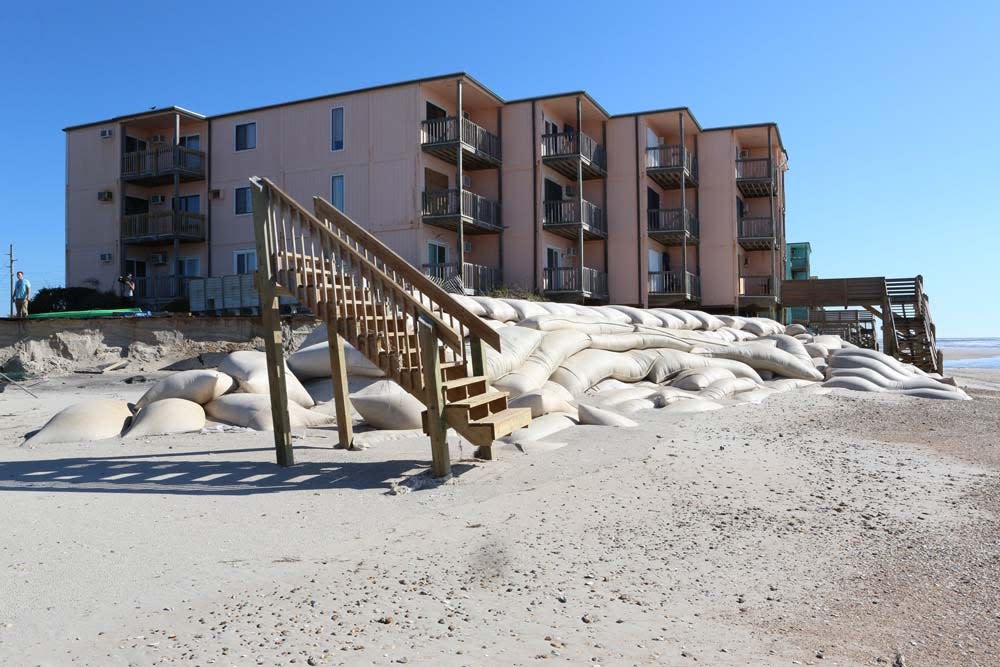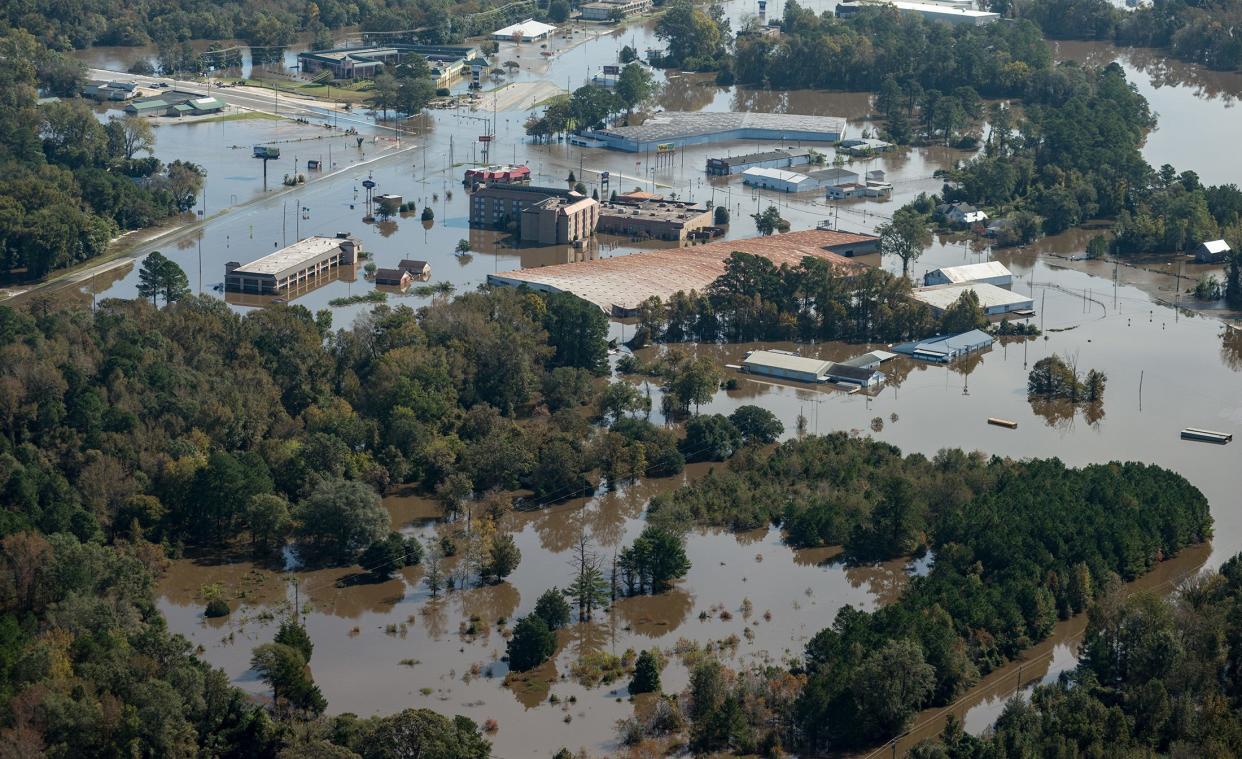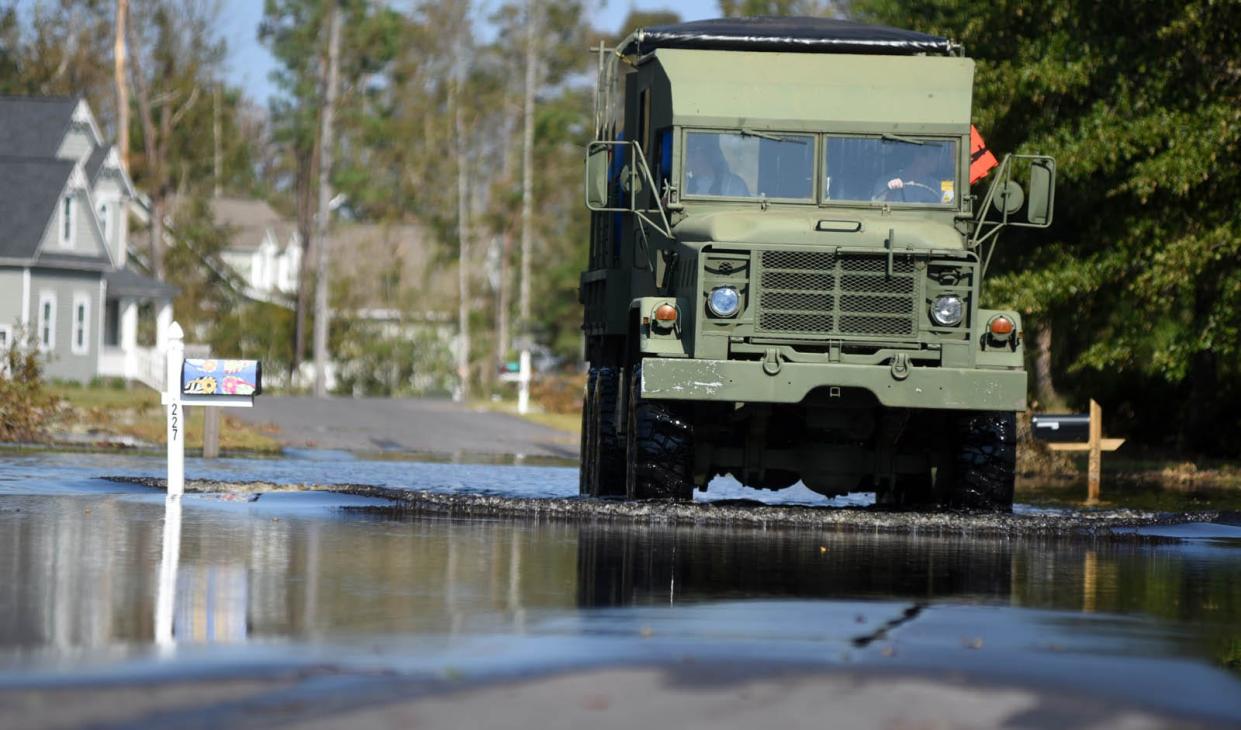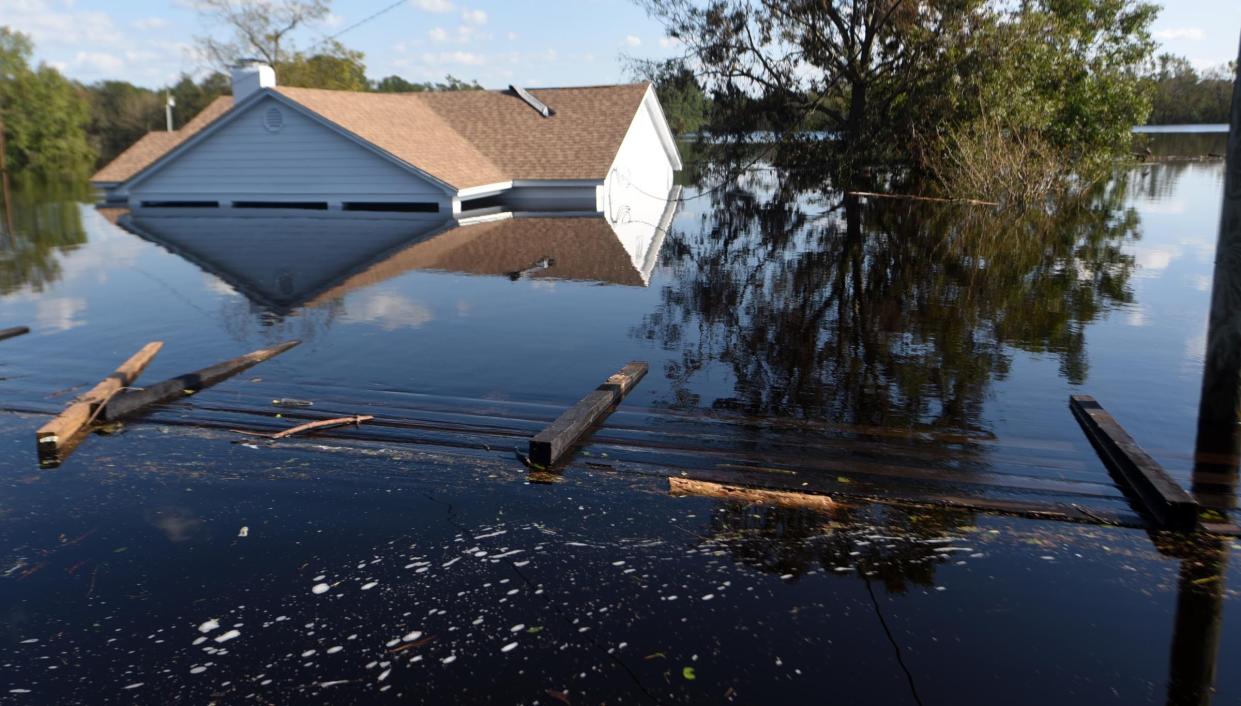NC has rejected the proposal to raise coastal insurance rates by 99%. Now what happens?

In a move that surprised no one, N.C. Insurance Commissioner Mike Causey this month rejected a proposal by the state's insurance industry to raise homeowner insurance premiums by 42% statewide and an eyewatering 99% in beach and coastal areas around Wilmington.
“Homeowners were shocked with the high amount requested by the insurance companies, and so was I,” Causey said in a release.
The rejection, however, doesn't mean the end of the process, but just the beginning of likely negotiations between regulators and the industry that could be influenced by the upcoming November election, in which Causey is seeking re-election.
How did we get here?
The N.C. Rate Bureau, which represents the state's insurance companies, cited two main factors for the surprisingly large rate increase proposal. First, is the rising cost of pretty much everything, including labor and potential repairs, driven by inflation and the lingering impacts of labor and material shortages tied to the COVID-19 pandemic.
The other is climate change, which is causing more frequent and widespread property destruction, particularly tied to bigger and stronger hurricanes, as the warming climate fuels more severe weather events. Damages in North Carolina tied to 2018's Hurricane Florence, for example, were estimated to top $22 billion, with much of that hitting inland areas.
Two other factors also could be playing a role in the industry's request, said Don Hornstein, an administrative and insurance law expert with the University of North Carolina School of Law.
The first is the moratorium that was put into place during the pandemic on any rate increases. That left the industry going several years without seeing an increase in homeowner insurance rates even as the price of everything else increased.
The last increase came in 2020, when insurance companies originally wanted to hike premiums by 24.5% but eventually agreed to settle for 7.9% after Causey rejected their initial request
But Hornstein said an equally big factor weighing on the size of the proposed rate increase is the cost of reinsurance − basically insurance for the insurance companies themselves in case a large-scale disaster stretches their financial ability to respond.
"These increased weather risks are international, not just in the U.S.," he said, noting the recent massive wildfires in Europe and Australia as just two examples. "And as the risk is increasing everywhere, it works to the detriment of insurers seeking reinsurance everywhere."

Rate increase shock
The rate bureau's recent proposal included an increase of 99.4% for beachfront properties in New Hanover, Brunswick and Pender counties in the Wilmington area and Carteret County, which includes Emerald Isle. Farther up the coast, beach areas along the Outer Banks would have seen a 45% increase.
Areas on the mainland but near the Intracoastal Waterway in the Wilmington area would have seen proposed increases of 71.4% for those roughly from U.S. 17 oceanward and 43% for those farther inland. The increases would be determined by a property's ZIP code.
Proposed increases in the rest of the state also would be substantial, but not as much as a gut punch for coastal homeowners in Southeastern North Carolina
The reaction from the public and local officials was not surprising.
“The Department of Insurance has received more than 24,000 emailed comments on this proposal, with hundreds more policyholders commenting by mail," Causey said. "Scores more consumers spoke during a public comment forum. North Carolina consumers deserve a more thorough review of this proposal.
"I intend to make sure they get that review.”

What happens now?
As part of the process of raising rates in North Carolina's regulated homeowner and auto insurance markets, the insurance commissioner has the right to reject the rate bureau's proposal and schedule a hearing.
Causey has done that, scheduling a hearing for Oct. 7. State law gives the insurance commissioner 45 days to issue an order once a hearing concludes, and the insurance industry always has the option of taking the issue to the courts if they reject the commissioner's findings.
But this is an election year, and Causey, a Republican, is seeking re-election. Assuming he wins the upcoming GOP primary against two other candidates, that could make his appearances during the hearing − where he would likely attack the proposed rate increase as "excessive and unfairly discriminatory" as he already has − a strong bully pulpit for him during the height of campaign season.
Many times, though, state regulators and industry negotiate a settlement behind closed doors before a hearing.
Hornstein said it's likely the parties will talk, if they aren't already doing so, and exchange numbers and thoughts on what kind of increase would be needed to keep the state's insurance market competitive, profitable for companies, and attractive to new entrants.
He said state regulators will have to walk a fine line in balancing the desires of property owners with the needs of industry.
Otherwise, Hornstein warned, North Carolina's insurance market could end up looking like Florida, Louisiana or even more recently California, where numerous insurance companies have decided their exposures to disasters − whether hurricanes, flooding or wildfire − just isn't worth the risk and the high premiums, costing them business, they'd need to charge consumers.
"If insurers don’t feel they have enough rates, they will cancel policies or pull out," Hornstein said, noting that Nationwide declined to renew more than 10,500 policies in the state last year, mostly due to hurricane concerns. “Either they get what they think they need, or they’ll vote with their feet."

Reporter Gareth McGrath can be reached at GMcGrath@Gannett.com or @GarethMcGrathSN on X/Twitter. This story was produced with financial support from the Green South Foundation and the Prentice Foundation. The USA TODAY Network maintains full editorial control of the work.
This article originally appeared on Wilmington StarNews: NC rejects proposal to raise coastal insurance rates
